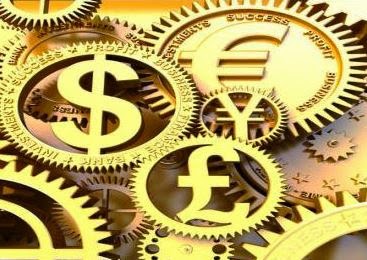Pax World, a leader in the field of sustainable investing, has rolled out the second product in its ESG Shares lineup. The Pax MSCI EAFE ESG Index ETF (EAPS) will seek to replicate a benchmark consisting of stocks in the Europe, Australasian, and Far East regions that meed certain environmental, social, and governance criteria. EAPS will be the first ETF based on a sustainability or ESG-based index to target the EAFE region.
Last year, Pax World launched the MSCI North America ESG Index ETF (NASI), which offers exposure to large cap domestic stocks that meet certain ESG criteria. NASI has been slow to gain traction with investors, with less than $3 million in assets. Pax World also has filed for the FTSE Environmental Technologies Index ETF (ETFY), but no launch date has been set for that fund.
There is some evidence, however, in products that combine socially responsible investment principles with the exchange-traded structure. The iShares MSCI KLD 400 Social Index Fund (DSI) has about $150 million in assets, and the MSCI USA ESG Select Social Index Fund (KLD) has a similar asset base. Both of those funds charge expense ratios of 0.50%.
Socially Responsible Investing 101
Some investors harbor misconceptions about what socially responsible investing entails. The practice generally involves identifying stocks deemed to have positive environmental, social, and governance (“ESG”) factors. In addition to the moral aspect, there may be some nice perks to this selective process; there is a fair amount of evidence suggesting that stocks with higher ESG scores tend to outperform the broad markets over the long term. Such a trend would make sense logically–favorable public perception and avoidance of legal troubles generally translate into positive PR, lower risk, and higher customer loyalty.
Positive ESG factors and a focus on maximizing profit are not mutually exclusive; socially responsible funds aren’t comprised solely of wind farms and organic food manufacturers. In reality, these benchmarks consist of well-known companies that operate in almost every corner of the economy. NASI’s top holdings, for example, include Proctor & Gamble, IBM, Johnson & Johnson, and Google–large, multinational firms deemed to possess positive ESG characteristics.
There are some inherent challenges to socially responsible investing within the ETF wrapper. Because most ETFs seek to passively replicate a rules-based index, the process for determining eligible companies must be standardized and prohibit manager discretion. The index underlying EAPS, for example, is described as follows in the fund’s prospectus:
The Index is a free float-adjusted market capitalization weighted index designed to measure the performance of equity securities of issuers organized or operating in Europe and the Asia Pacific region that have high Environmental, Social and Governance (ESG) ratings from MSCI, selected initially and adjusted annually by MSCI. The Index targets sector weights that reflect the relative sector weights of the MSCI Europe + Middle East ESG Index and the MSCI Pacific ESG Index.
MSCI’s ESG research framework evaluates companies’ ESG characteristics and derives corresponding ESG scores and ratings. Companies are ranked by ESG score against their sector peers to determine their eligibility for the ESG indices.
MSCI identifies the highest-rated companies in each peer group to meet the float-adjusted market capitalization sector targets. The rating system is based on general and industry-specific ESG criteria, assigning ratings on a 9-point scale from AAA (highest) to C (lowest). Constituents of the MSCI EAFE Index having an ESG rating of B or above are eligible for inclusion in the Index.
The limitations in a passively-indexed socially responsible fund were illustrated last year by the presence of some surprising components in KLD [see Surprising Holdings in Socially Responsible ETFs]. There are also varying degrees of socially responsible investing. Some strategies may involve overweighting or underweighting components based on ESG scores, while others may allow for exclusion of securities that don’t meet certain criteria.










